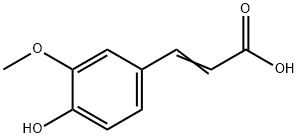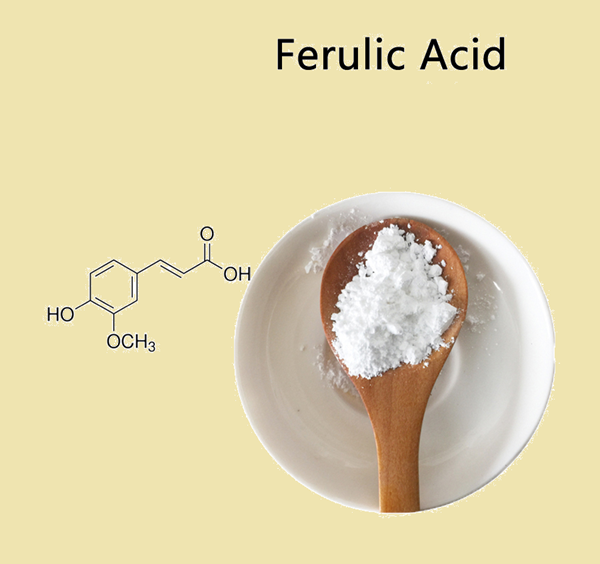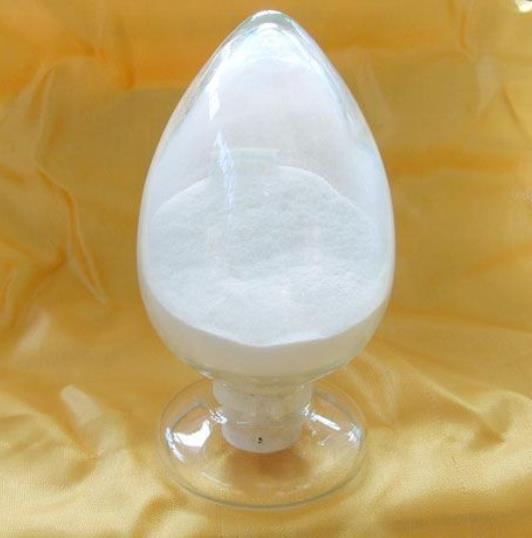Ferulic Acid: An Overview of Its Synthesis, Composition, Applications, and Storage
Introduction
Ferulic acid, a key phenolic compound, plays a crucial role in the biosynthesis of plant cell walls. Chemically known as 3-(4-hydroxy-3-methoxyphenyl)prop-2-enoic acid, this compound is predominantly found in seeds and leaves, where it exists both in its free form and as a covalently linked component of lignocellulose. As an integral part of the plant's defense mechanism, ferulic acid not only strengthens the cell wall against pathogens but also contributes to the structural integrity and rigidity of plants. Its presence in numerous grains and vegetables highlights its widespread occurrence and importance in human nutrition as well, underscoring its role in health and disease prevention.
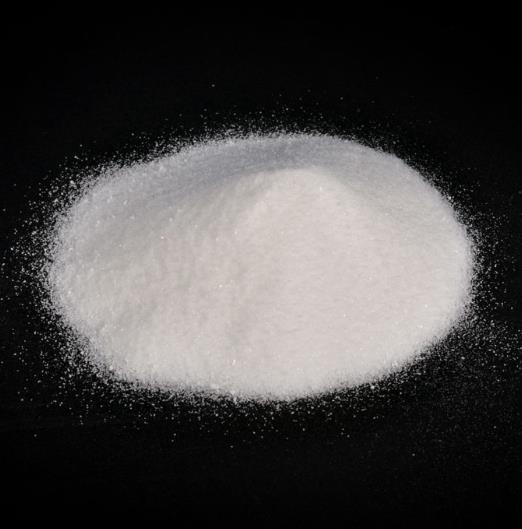
Figure 1 Characteristics of Ferulic Acid
Synthesis of Ferulic Acid1
Chemical Synthesis
It is well-known that ferulic acid can be prepared by the condensation reaction of vanillin with malonic acid catalyzed by piperidine. This method produces ferulic acid as a mixture of trans- and cis-isomers. The yield is high, but it takes as long as three weeks to complete the reaction. Da and Xu improved this method by using benzylamine as the catalytic agent, methylbenzene as the solvent and a reaction temperature of 85–95 ◦C. The improved method increased the yield and reduced the reaction time to 2 h.
Natural Sources
There are three pathways to prepare ferulic acid from natural resources: (1) from low-molecular-weight ferulic conjugates, (2) from plant cell walls, and (3) by tissue culture or microbial fermentation.
Several feruloyl esters of triterpene alcohols and sterols were isolated from the methanol extract of rice bran, of which the main component is γ -oryzanol, accounting for about 1.5–2.8% of rice bran oil by weight. Taniguchi et al prepared ferulic acid in large quantities from rice bran pitch, a blackish brown waste oil discharged in the process of the production of rice bran oil. In this process, the bran oil waste material was hydrolyzed with sodium hydroxide or potassium hydroxide at 90–100 ◦C for 8 h under atmospheric pressure, producing crude ferulic acid with purity of 70–90%. The solution containing alkaline salt of ferulic acid was acidified with dilute sulfuric acid to precipitate ferulic acid.
Main Components
Ferulic acid is characterized by its benzene ring-bearing methoxy and hydroxy groups, which are responsible for its antioxidant properties. Its structure enables it to scavenge free radicals and contribute to oxidative stability, which is a valuable trait in multiple applications. The molecular structure also allows for easy modification into derivatives that enhance its activity or solubility depending on the intended use.
Applications of Ferulic Acid
Like several other phenols, ferulic acid(FA) also exhibits antioxidant activity in response to free radicals via donating one hydrogen atom from its phenolic hydroxyl group, as a result it shows strong anti-inflammatory activity in a carrageenan-induced rat paw edema model and other similar systems. It has been revealed that the antioxidant capacity of phenolic acid is equivalent to lecithin upon comparison with ghee on inhibition of time dependent peroxide value. The resonance stabilization of FA is the main cause of its antioxidant nature. In addition, the reactive oxygen species of FA show the scavenging effect, which is similar to that of superoxide dismutase.
Ferulic acid has been used to maintain the color of green peas, prevent discoloration of green tea, and oxidation of banana turning black color i.e., it reduces the bacterial contamination. FA and γ-oryzanol were found to prevent the photo-oxidation of lutein and astaxanthin in Red sea bream. Due to the structural similarity of FA with normetanephrine (first metabolite of norepinephrine), it mimics the stimulatory effect on somatotropin in pituitary gland and hence enhance the growth.2
Storage
Proper storage of ferulic acid is crucial to maintain its efficacy and stability. It should be stored in a cool, dry place away from direct sunlight and heat. The ideal storage temperature is typically below 25°C (77°F). Ferulic acid is also sensitive to pH and light; hence, solutions should be maintained at neutral pH and in amber-colored containers to minimize degradation by light.
References:
[1] SHIYI OU K C K. Ferulic acid: pharmaceutical functions, preparation and applications in foods[J]. Journal of the Science of Food and Agriculture, 2004, 84 11: 1261-1442, i. DOI:10.1002/jsfa.1873.[2] NARESH KUMAR V P. Potential applications of ferulic acid from natural sources[J]. Biotechnology Reports, 2014, 4: 1-170. DOI:10.1016/j.btre.2014.09.002.
You may like
Related articles And Qustion
See also
Lastest Price from Ferulic Acid manufacturers
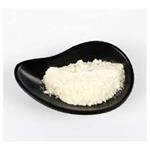
US $1200.00-1100.00/ton2025-11-10
- CAS:
- 1135-24-6
- Min. Order:
- 1ton
- Purity:
- 99%
- Supply Ability:
- 1000T/M

US $0.00/kg2025-08-17
- CAS:
- 1135-24-6
- Min. Order:
- 1kg
- Purity:
- 98%
- Supply Ability:
- 50000
